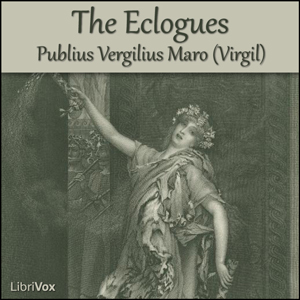- Dedication to Christina G. Rossetti
- In Harbour
- The Way of the Wind
- 'Had I Wist'
- Recollections
- Time and Life
- A Dialogue
- Plus Ultra
- A Dead Friend
- Past Days
- Autumn and Winter
- The Death of Richard Wagner
- Two Preludes; Lohengrin & Tristan und Isolde
- The Lute and the Lyre
- Plus Intra
- Change
- A Baby's Death
- One of Twain
- Death and Birth
- Birth and Death
- Benediction
- Etude Realiste
- Babyhood
- First Footsteps
- A Ninth Birthday
- Not a Child
- To Dora Dorian
- The Roundel
- At Sea
- Wasted Love
- Before Sunset
- A Singing Lesson
- Flower-pieces; Love Lies Bleeding & Love in a Mist
- Three Faces; Ventimiglia, Genoa & Venice
- Eros
- Sorrow
- Sleep
- On an Old Roundel
- A Landscape by Courbet
- A Flower-piece by Fantin
- A Night-piece by Millet
- Marzo Pazzo
- Dead Love
- Discord
- Concord
- Mourning
- Aperotos Eros
- To Catullus
- Insularum Ocelle'
- In Sark
- In Guernsey
- Envoi
A roundel (not to be confused with the rondel) is a form of verse used in English language poetry devised by Algernon Charles Swinburne (1837–1909). It is a variation of the French rondeau form. It makes use of refrains, repeated according to a certain stylized pattern. A roundel consists of nine lines each having the same number of syllables, plus a refrain after the third line and after the last line. The refrain must be identical with the beginning of the first line: it may be a half-line, and rhymes with the second line. It has three stanzas and its rhyme scheme is as follows: A B A R ; B A B ; A B A R ; where R is the refrain. Swinburne had published a book A Century of Roundels. He dedicated these poems to his friend Christina Rossetti, who then started writing roundels herself, as evidenced by the following examples from her anthology of poetry: Wife to Husband; A Better Resurrection; A Life's Parallels; Today for me; It is finished; From Metastasio. (Summary by Wikipedia)
There are no reviews for this eBook.
There are no comments for this eBook.
You must log in to post a comment.
Log in











